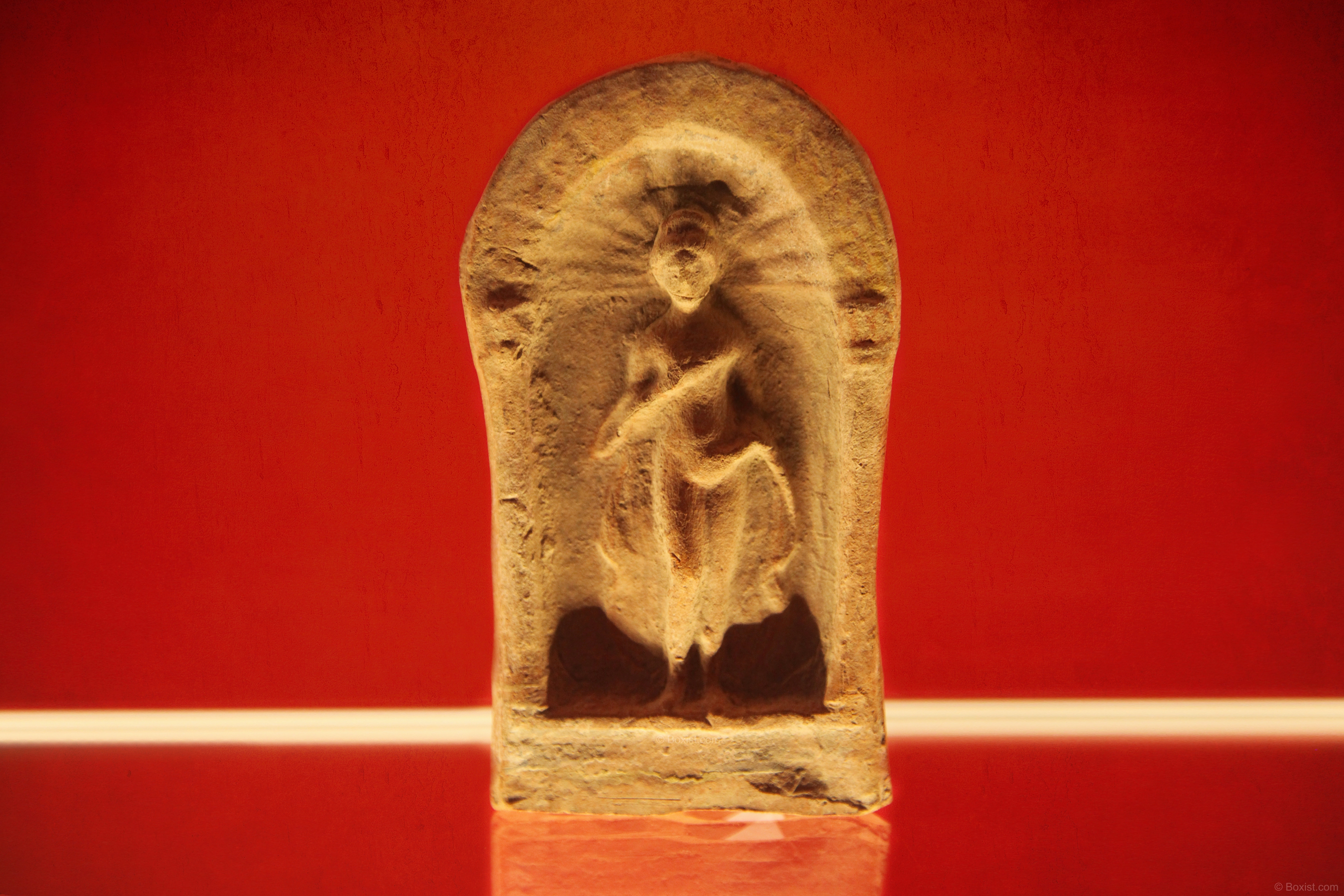
At Boxist Photography, our extensive collection of ancient Roman sculpture photographs captures the enduring legacy of an empire that once ruled much of the known world. As a photographer, I’ve documented thousands of subjects connected to history, but few fascinate me as deeply as the Roman Empire. Though the empire itself has long vanished, its magnificent legacy survives through architecture, inscriptions, and perhaps most compellingly, through statues and busts preserved in museum collections around the world.
Whenever I travel, visiting museums is always at the top of my itinerary. I make a dedicated effort to photograph ancient Roman art in every country I visit. These sculptures are a timeless testament to a civilization that mastered the art of commemoration, propaganda, and realism through stone and bronze. Roman statues and busts offer a tangible connection to the past—a window into the personalities, power, and aesthetics of ancient Rome.

Inscription of the Sixth Roman Legion Ferrata, discovered in Legio near Megiddo. The altar features a depiction of Nike standing atop a globe, holding a military standard adorned with the emperor’s image
The Challenge of Capturing Ancient Art Through Photography
Photographing ancient sculptures in museum settings is no easy task. Many of these artworks are housed behind reflective glass, displayed under dim lighting, or placed in positions that make them difficult to frame properly. Tripods are often not permitted, and flash photography is typically forbidden. Some museums require special permission to photograph, and others prohibit photography altogether.

Minerva (known as Menrva in Etruscan tradition) was the Roman goddess of wisdom, and a patron of the arts, commerce, and military strategy.
Despite these challenges, I make every effort to capture these artworks in their full detail and dignity. Each image requires careful planning, patience, and extensive post-processing. Once the photograph is taken, I meticulously edit the image—removing distracting backgrounds, correcting lighting, enhancing contrast, and isolating the sculpture to highlight its artistic features. My goal is to produce clean, high-resolution images that do justice to these incredible pieces of human history.

Marble statue of Nero, a Roman emperor, from the Imperial Period in the first century CE. The statue is depicted in military attire, representing Nero’s role as a military leader during his reign.
The Art and Influence of Roman Sculpture
Roman sculpture was heavily influenced by earlier Greek traditions. In fact, many Roman statues are direct copies or adaptations of famous Greek originals. Yet, Roman artists brought their own cultural and stylistic sensibilities to their work, particularly in portraiture.

Ancient Roan Marble Statue Of Artemis from the 4th Century from Mytilene City, the capital of the Greek island of Lesbos.
One of the most distinctive aspects of Roman sculpture is the contrast between the idealized forms of the body and the realistic renderings of the head. While the body was often depicted with the classical perfection of Greek models—youthful, athletic, and idealized—the faces were rendered with remarkable realism, showing age, character, and emotion.
Wrinkles, furrowed brows, and individualized expressions were not flaws to be erased but features to be emphasized. This duality served both aesthetic and political purposes: it connected Roman citizens and leaders to the noble, timeless virtues of classical heroism while also affirming their individual identities, experience, and authority.

Remains Of Ancient Roman Large Statues in Dougga “Thugga” Ancient City in Tunisia, North Africa. Dougga is the best-preserved ancient Roman city in modern Tunisia, located near modern Tabursuq, west of the ancient road between Carthage and Theveste.
Meaning Beneath the Marble
To the casual viewer, a Roman bust or statue might appear simply decorative, but every detail—from hairstyle to posture, was carefully chosen to convey a message. Emperors and elites used sculptural portraits as tools of communication. For instance, the specific hairstyle of an emperor could reflect political affiliations, philosophical ideals, or continuity with revered predecessors.

Alexander the Great, crafted from marble during the Hellenistic period in the first half of the 2nd century BC.
Facial expressions could signal strength, wisdom, or divine favor. Inscriptions, when preserved, often provided critical context, noting the subject’s titles, achievements, or the circumstances of their commemoration. Unfortunately, many of these inscriptions have been lost over time, leaving only the visual language of the sculpture itself.

This Roman relief from Carthage depicts Dea Roma, the personification of the city of Rome in Roman mythology and religious iconography.
A Valuable Resource for Researchers, Educators, and Collectors
While Roman sculpture may not appeal to everyone, there is a devoted audience that deeply appreciates this kind of imagery. Researchers, educators, historians, museums, publishers, and art enthusiasts frequently seek out high-quality images of Roman statues for a wide range of uses, from academic publications and documentaries to educational materials and editorial design.

Hellenistic Terracotta Statuette of Aphrodite, also known as Venus in Roman mythology. This ancient artifact, crafted from reddish clay, dates back to the Second Century BC and has its origins in Carthage.
At Boxist Photography, we are proud to offer a curated selection of our most popular and most licensed photographs of Roman statues and sculptures. These images are available in high-resolution digital files, ideal for personal, educational, and commercial licensing. Each photograph reflects not only the timeless artistry of Rome but also the modern dedication to preserving and sharing cultural heritage through the lens of photography.

White marble relief on a sarcophagus depicting the head of the mythological creature Gorgon Medusa
Preserving Immortality Through the Lens
In ancient Rome, statues were a means of achieving immortality, ensuring that one’s likeness and legacy would endure long after death. Today, through photography, we continue this tradition. By capturing these statues and sharing them with the world, we contribute to the ongoing story of Roman civilization, allowing its beauty, complexity, and grandeur to inspire future generations.
© Legal / Copyright Information: All images contained on this page are copyrighted by and the property of Boxist.com Stock Photography (Sam Mugraby). They cannot be used without a proper license under any circumstances. The use of these images is not free, and they are protected by domestic and international copyright law. Our stock photos can be licensed for personal, educational, and commercial use and subject to our usage terms and conditions. Any unauthorized usage of these images will be subject to legal action to the full extent of the law. We reserve the right to pursue unauthorized users of our images and seek damages for copyright violations.
















